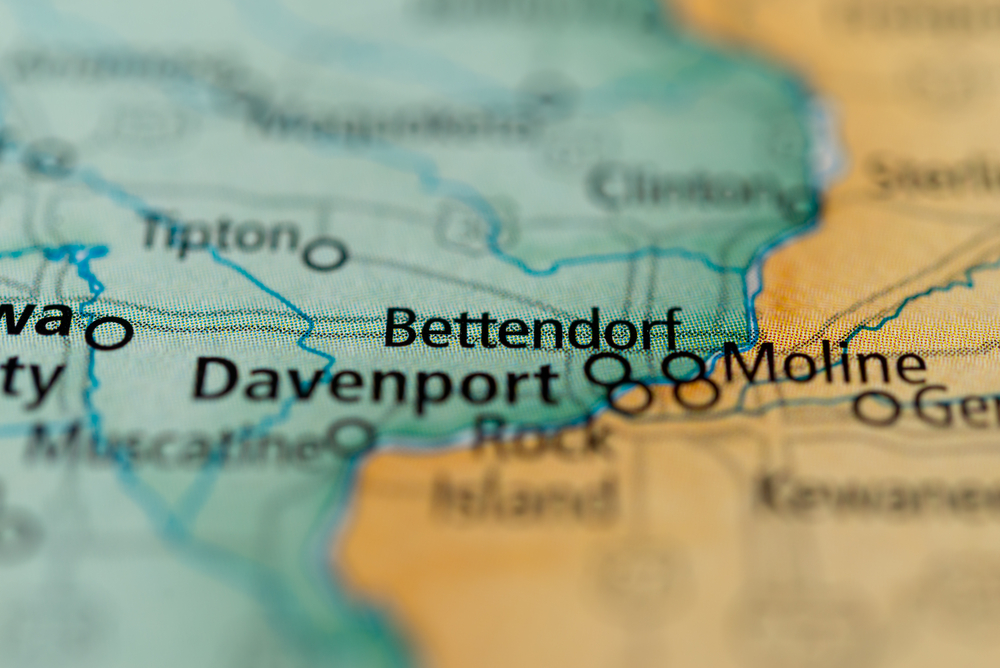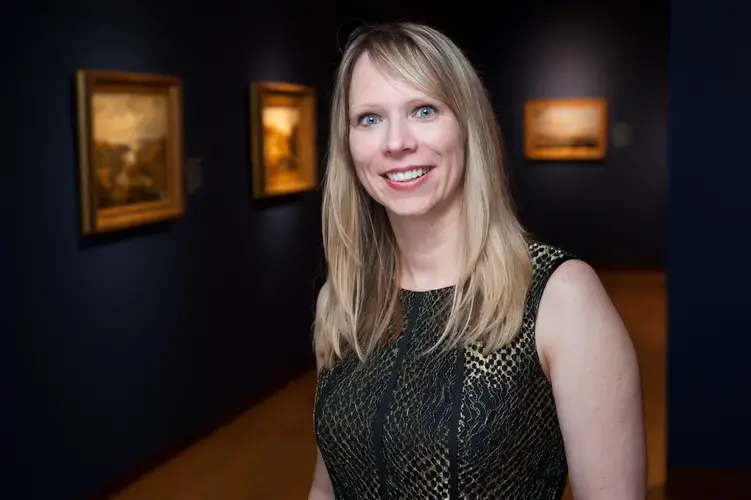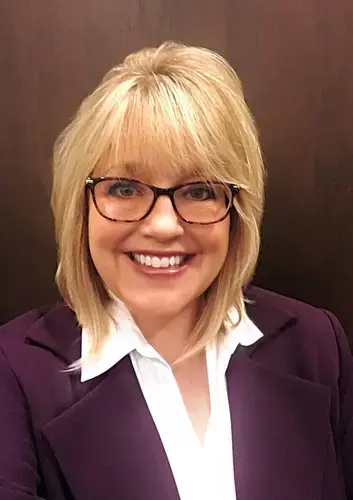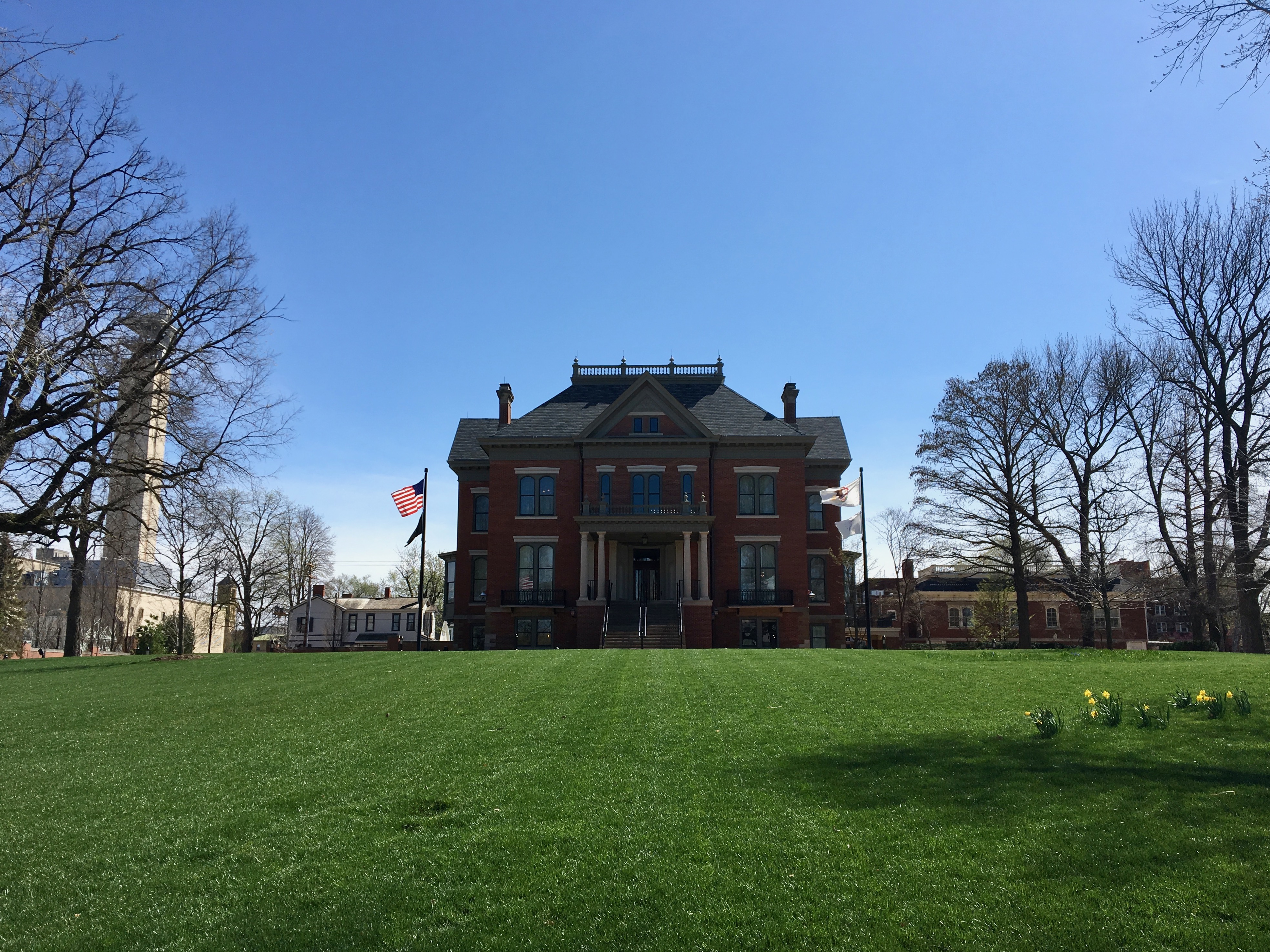
The Family Museum, Figge Art Museum, and Putnam Museum are among the most popular attractions in the Quad-Cities area. The Iowa-side institutions – which together drew 103,000 Illinois residents last year – each took different approaches to dealing with the Covid-19 crisis.
The Family Museum in Bettendorf, is a department of the city, which helped cushion its forced closure somewhat from March 16 to May 22.
According to director Kim Kidwell the museum has a $2-million annual budget, and the city contributes about 44 percent of that, noting the Iowa shutdown reduced city revenues including sales tax, hotel-motel tax, and a revenue loss of $450,000 for the Family Museum. The museum received local and state grants, cut expenses, and left three positions unfilled to help make up the difference.

“For us, unfortunately, we earn probably half of our yearly revenue in the spring and summer months. We have lots of school field trips, we have lots of outreach programs, we have our dance recital, we have our preschool going. We have our traveling exhibit here. Our Luckey Climber was opening. We were just ready to go like gangbusters but then of course, that all came to a screeching halt in March.”
After extensive cleaning and new health and safety procedures, the museum re-opened the first day allowed by the state, May 22nd, with a 75-person maximum at any one time. Governor Kim Reynolds lifted the 50-percent capacity maximum in early June, but the Family Museum decided just to lift it to 100 at a time. Kidwell says props like plastic phones and cups that kids would use were removed, and remaining items are rotated and cleaned constantly. All staff wear masks, and parents are encouraged, but not required to wear them as well.
The “Curious George” traveling exhibit opened June 6th and the new $500,000 Luckey Climber opened June 12th, but they haven’t attracted a typical summer attendance – less than 75 per day so far, compared to up to 400 during a normal summer.
“It’s really been just one domino after the next, so we’re just trying to get back on our feet, see how people are using our facility, now that we’re reopened. Our numbers have been fairly low; we do have a 100-person limit at the moment, but we haven’t reached it, only about a handful of times.”
“I understand – it’s an unprecedented time and people have been staying home the past few months. They’re a little leery of coming out, taking their kids out, especially to places like us that have a lot of visitors, and a lot of young visitors who may or may not like to wash their hands a lot and not put things in their mouth. I completely understand. We just have a new normal.”
“I really sympathize with the smaller museums and smaller businesses, because it’s really a hit. Even though we were only closed for a couple of months, the effects of this are going to be felt for at least the next year and probably even further than that.”
The Figge Art Museum is supported by the city of Davenport – currently one-quarter of its $3 million budget – and re-opened to museum members June 6, and the general public June 9, with a timed, ticketing system. Executive Director Michelle Hargrave says admission is also free during the month of June.

“We had put a number of guidelines and safety measures in place to protect our visitors and staff, including timed ticketing, hand sanitizing, cleaning throughout the day, and requiring masks and social distancing. While we haven’t had a huge number of visitors coming through our doors yet, we have received positive feedback from those who did visit. They were really appreciative of the museum’s reopening and the health and safety precautions, which made them feel protected.”
The Figge – which houses, preserves, and interprets the city’s art collection, as well as several other exhibits – first capped the number of visitors at 75 per time slot, and now it’s 100, which hasn't been reached yet, but it’s been rising.
Hargrave says with the closure, the art museum not only lost admission revenue but money from rentals for private events. It cut expenses when feasible, but some had to remain at the same level, like utilities, as artwork requires specific environmental and security controls. Through a combination of expense reductions, federal loans for payroll, and emergency grants, the Figge remained budget neutral.
“We’ve had, obviously, financial impact to closing, but one of the positive aspects of this situation was, it was a positive opportunity for us to shift our business model and really serve the community in different ways. And so, we were able to bring the experience of being in the Figge galleries to those people who were at home and they were able to access from anywhere, they were able to access our virtual museum.”
Like most museums, the Figge boosted online offerings – targeting education, entertainment, wellness, and engagement, to serve everyone’s needs. Hargrave plans to keep improving the website with more activities, virtual exhibits, and images and information from the collection, knowing some people aren’t comfortable coming back in person yet. Still she emphasizes the website is not a substitute for an actual visit.
“They’re two different experiences. For those people who feel safe coming back, they will come back. There’s nothing like being in a gallery with works of art, and seeing that artwork in person. I don’t think one will impact on the other. I think they will add to each other. Some people who come here may still access the virtual museum, and supplement what they saw here.”
The Putnam Museum and Science Center is taking longer to re-open, in order to present a new visitor experience. The 153-year-old Davenport institution is planning to reopen for small summer camps July 6, for members only July 8 to 12, and to the general public July 15, with new safety precautions.

Putnam President and CEO Rachael Mullins says the summer camps will be limited to just 10 kids each, to allow for social distancing. When the museum opens to the public, admissions will be limited and by timed entry only. There will also be caps on total visitors in the exhibit halls, as well traffic pattern guidance throughout the museum to allow proper social distancing, though no decision has yet been made on whether visitors will be required to wear masks. That will be based on Covid case counts and CDC guidelines.
Mullins says the Putnam is taking a longer time to reopen to implement plans for a new entrance, in the natural science wing, closer to the exhibits. Visit lengths may also be capped depending on other reservations for the day.
“As it became clear this museum closure would be for an extended period of time, we decided we would take this time to revisit our facility and exhibits, and to reinvigorate the visitor experience at the Putnam.”
Initially when it reopens, reservations will be required for regular admission, with no walk-ins allowed. Tickets, the museum store, a lobby and an orientation gallery with the history of the Putnam, will be at the new entrance, and the entire theater annex – including the previous grand lobby, store, and Giant Screen Theater, will be closed until August. Mullins says when the 264-seat theater does reopen, it will only be for limited school groups at first.
“For the summer, we’re going to be limiting group gatherings to no more than 50, so we’re anticipating the theater annex and that new experience will be opened at the end of the summer in time for the school year. What visitors can anticipate when we first reopen to the public July 15, is that the museum side of the facility will be open, with this new visitor experience.”
Based on feedback, the museum is re-arranging exhibits, highlighting new objects from the collection, local history and inventors, different interactives in the science center and a glimpse behind the scenes.
“We constantly hear people love the Putnam, but there is a want to experience something new and different every time you come. We’re wanting to organize the galleries in a way there can be more regular updates and you can experience more of the collection. It’s been part of what we offer the community that probably has the highest interest, when people find out more about the collection.
“At any given time, we might only have 5 percent of the collection on display. It makes people so curious about what else is there. Really, it’s the heart of our mission in our community, this historic collection that’s been built by dedicated Quad-Citizens over our 150-plus-year history. It’s always been part of the Putnam and now we’re given an opportunity to bring even more of that mission out into the galleries.”
There will be sanitizing stations throughout the museum, and staff will be cleaning parts of the gallery throughout the day. Some areas may be closed for short periods to change out props and clean surfaces, with a schedule provided upon arrival.
“We’re really excited to welcome our community back to the Putnam and we’re excited for people to get a look at the new visitor experience and let us know what you think.”
This story was produced in partnership with the Pulitzer Center. For more stories about the effect of Covid-19 on museums, please visit the Prairie State Museums Project at PrairieStateMuseumsProject.org.
COVID-19 Update: The connection between local and global issues–the Pulitzer Center's long standing mantra–has, sadly, never been more evident. We are uniquely positioned to serve the journalists, news media organizations, schools, and universities we partner with by continuing to advance our core mission: enabling great journalism and education about underreported and systemic issues that resonate now–and continue to have relevance in times ahead. We believe that this is a moment for decisive action. Learn more about the steps we are taking.














